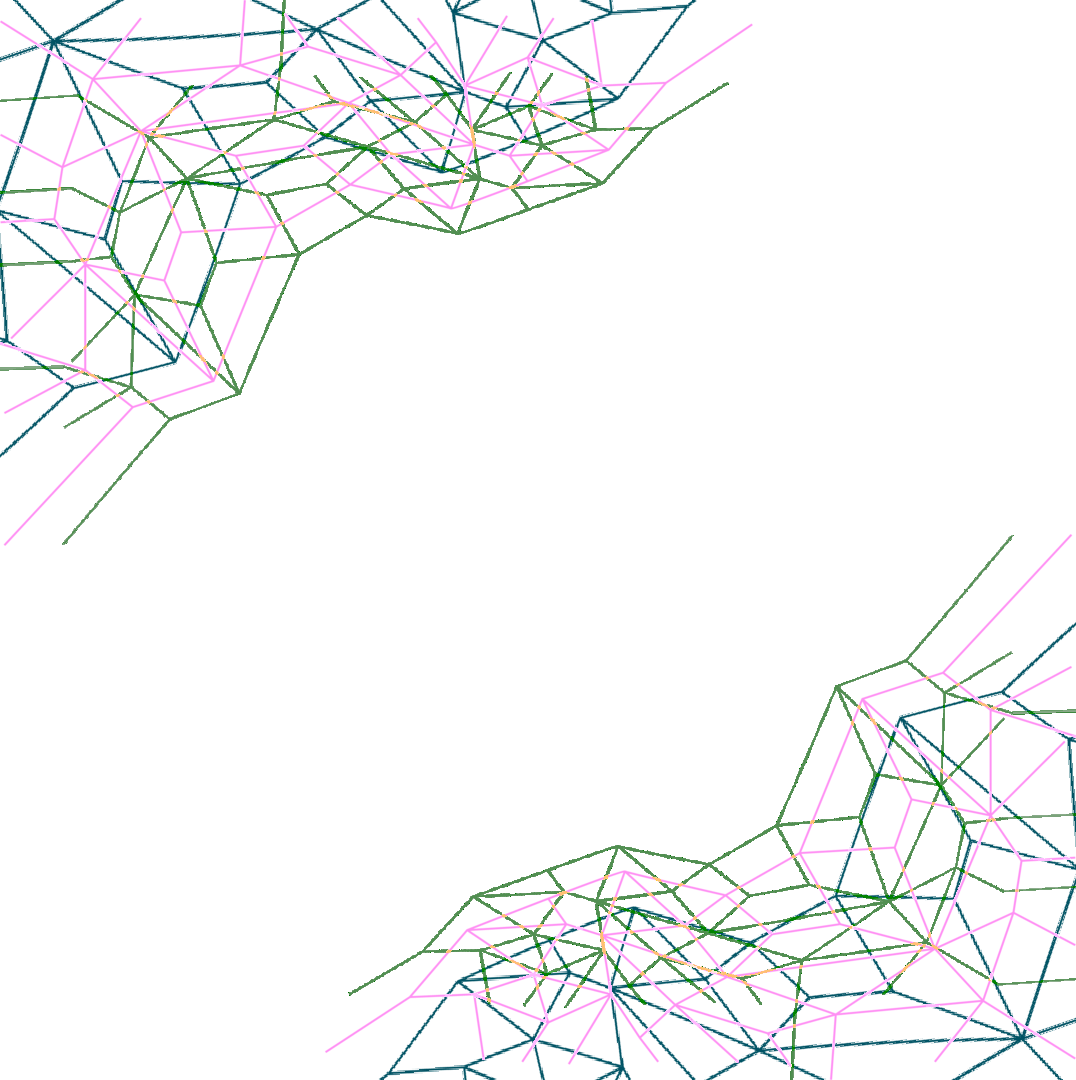
Published on Advanced Materials (2 April 2021)
Author(s): Si-Yang Liu, Yuzhi Xu, Huihui Yang, Liping Liu, Meiting Zhao, Wen Yin, Yan-Tong Xu, Ying Huang, Chaoliang Tan, Zong Dai*, Hua Zhang*, Jie-Peng Zhang*, Xiao-Ming Chen
Abstract
Gene silencing holds promise for cancer therapeutics because of its potential to inhibit genes involved in tumor development. However, gene silencing is still restricted by its limited efficacy and safety. Nanoscale coordination polymers (CPs) emerge as promising nanocarriers for gene delivery, but their responsiveness and potential therapeutic properties have rarely been explored simultaneously. Here, multifunctional ultrathin 2D nanosheets of Cu(I) 1,2,4-triazolate CP with a thickness of 4.5 ± 0.8 nm are synthesized using a bottom-up method. These CP nanosheets can act as both an effective DNAzyme nanocarrier for gene therapy and an intrinsic photosensitizer for hypoxia-tolerant type I photodynamic therapy (PDT), which is ascribed to the Fenton-like reaction. Because of the glutathione (GSH)-responsiveness of the CP nanosheets, DNAzyme-loaded CP nanosheets exhibit excellent cancer-cell-targeting gene silencing of the early growth response factor-1 (EGR-1), with messenger RNA inhibited by 84% in MCF-7 (human breast cancer cells) and only 6% in MCF-10A (normal human mammary epithelial cells). After tail intravenous injection into MCF-7-tumor-bearing mice, the CP nanosheets loaded with chlorin-e6-modified DNAzyme under photoirradiation show a high antitumor efficacy (88.0% tumor regression), demonstrating a promising therapeutic platform with efficient and selective gene silencing and PDT of cancer.

Read more: https://doi.org/10.1002/adma.202100849
